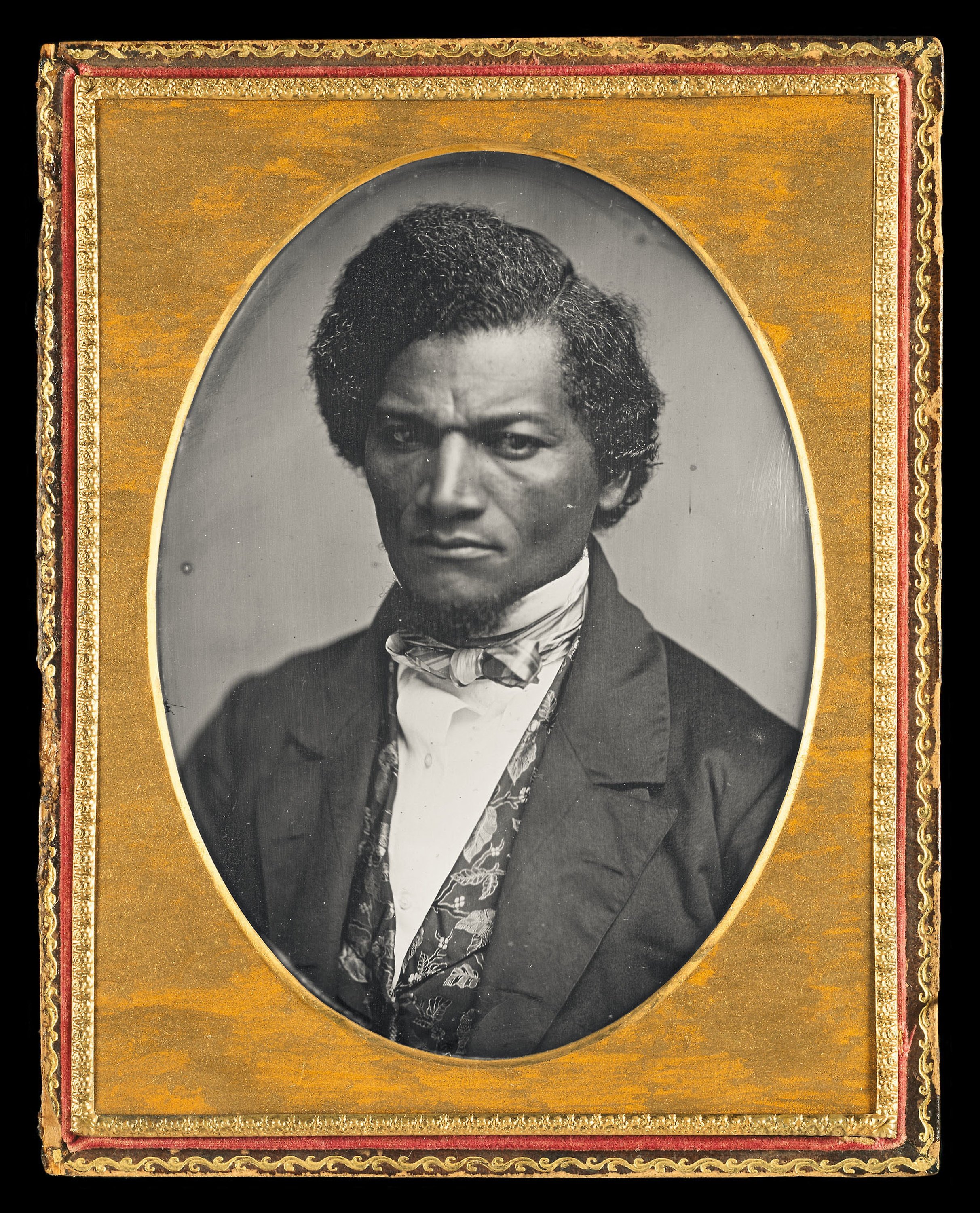
Frederick Douglass was the most photographed American of the 19th Century. He self-consciously used photography to advance his emancipatory politics. His biography is closely connected to the birth of photography – he escaped slavery in 1838, a year before the declared invention of photography.
During his tour of Scotland in 1846, Frederick Douglass called on the Free Church to ‘SEND BACK THE MONEY’ - the newly formed church had accepted funds from slave-owners in the USA. Douglass found support from the women of the Edinburgh Ladies Emancipation Society, who joined his campaign to break Scotland’s links with slavery.
On Sunday 10th June 2018, a participatory artwork took place across the UK to mark the centenary of the 1918 Representation of the People Act which gave the first British women the right to vote and stand for public office. This work remembers not only the women of 1918, but those who came before. In the 19th century there were many abolitionist groups in towns and cities across the UK. Some of the most active groups were led by women. Elizabeth Pease Nichol, Priscilla Bright McLaren, Mary Estlin, Jane Smeal and Eliza Wigham are some of the intersectionalists of their day, bringing together two campaigns that would change society forever – the emancipation of slaves and the fight for votes for women.
I have written two pieces on Douglass and his connections to early photography in Scotland. Read the text for the National Galleries of Scotland here and for the V&A here.

